What is Optical Image Stabilization and When to Use It
May 18, 2023

Optical image stabilization (OIS) is a must for anyone shooting without a tripod with a long lens or in low light conditions. Here's what you need to know.
Ever have the chance to take a terrific photo and then discover that it came out blurry? Maybe you were using a longer lens, or maybe you were indoors with bad lighting. Either way, the results can be pretty disappointing, particularly if your subject has been blurred beyond what Luminar Neo’s sharpening tools can fix. Sure, in some situations you can try taking the photo again, but if the blur was due to camera shake and you don’t have a tripod, you’re not likely to have better luck. This is where optical image stabilization (OIS) can make a huge difference.
Of course, using a tripod is the simplest solution to camera shake. But unless you carry one everywhere you go, you’re probably going to find at least some circumstances where you’re going to have to go at it by hand. OIS will give you that little bit of help you need to get a sharp image when shooting by hand. You can find it in various high-quality lenses, and it’s especially helpful with telephoto lenses, where even the tiniest movement can create a substantial amount of blur.

By the way, if you need to sharpen an image, Luminar Neo makes it quick and easy.
What Is Optical Image Stabilization?
Optical image stabilization is a technology used in cameras and smartphones to reduce the effects of camera shake and other types of motion blur in photos and videos. This technology works by combining sensors and microprocessors to detect and correct camera movement, resulting in sharper, more stable images.
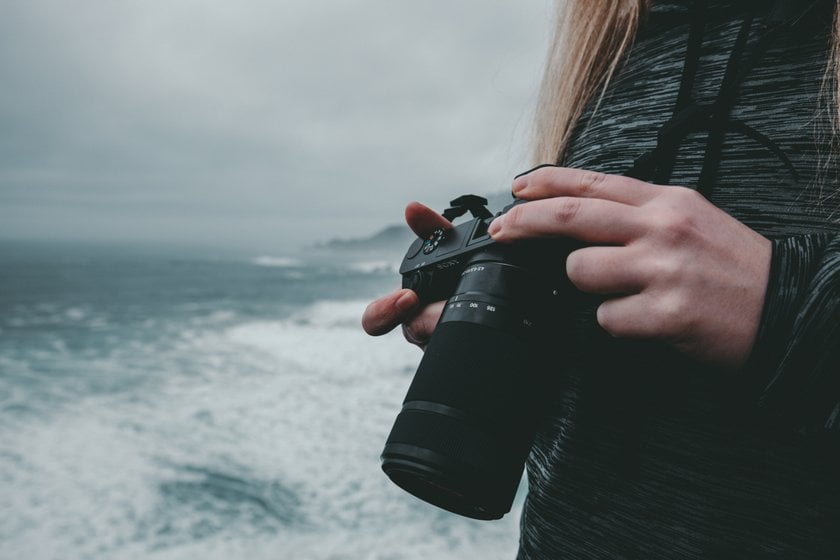
In general, an optical stabilizer is a great option for photographers who want to take high-quality photography and video, especially in low-light conditions with slower shutter speeds or when using telephoto lenses with extremely long focal lengths, where even small amounts of camera shake can have a significant impact on picture clarity.
How Does Optical Image Stabilization Work?
The technology uses sensors in either the lens or camera body to detect any movement and prevent blurry images. Once identified, the sensors cause the optical elements in the camera or lens to move accordingly, correcting the motion as much as possible. That sounds a little complicated, so let's take a closer look.

The most common type of optical image stabilizer uses a gyroscope to detect camera motion and then moves the lens elements or sensor in the opposite direction to compensate for the movement. This also helps reduce blur caused by handshakes.
Additionally, miniature motor components (also known as housed motors) can be incorporated into imaging devices to provide OIS. Some camera manufacturers also use a hybrid approach, combining OIS with digital stabilization (DIS) to provide even greater stability and correct the effects of more extreme camera movements.
What Is OIS?
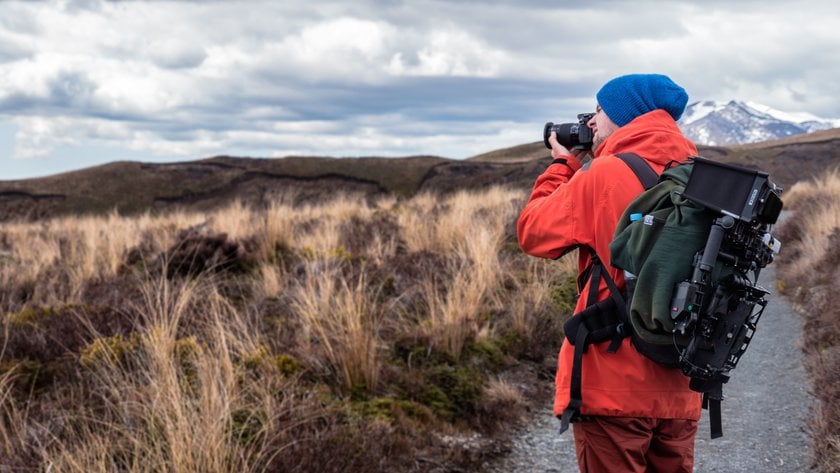
OIS is a mechanical technique used in cameras and mobile phones to stabilize captured photos by adjusting the optical path to the image sensor. There are two primary approaches to OIS in compact camera modules: lens shift and module tilt. The first method involves adjusting the position of the lens, while the second entails changing the location of the module itself. Both approaches help reduce the effects of camera shake and other forms of motion blur, resulting in sharper and more stable images.
Remember, you will always be able to get perfect photos with Luminar Neo. You can definitely use a tool like AI Image Upscale.
Which Type of Image Stabilization Should I Choose?
This can be a really tricky question, especially for beginners. When choosing which type of image stabilization to use, it's important to consider your specific needs and the type of photography or videography you plan to do. Optical stabilization uses mechanical components such as gyroscopes to physically adjust the lens and stabilize the image. DIS, on the other hand, relies on software and algorithms to achieve this goal.
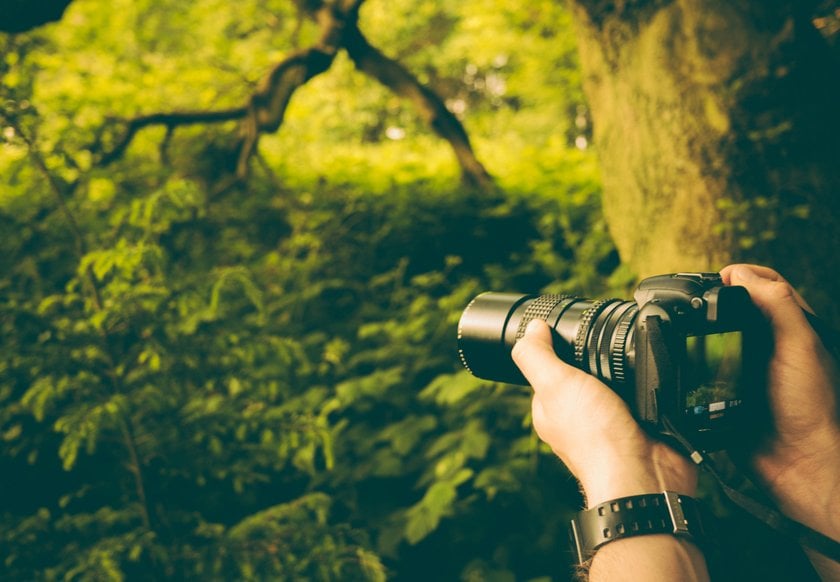
While both techniques are effective, OIS is generally considered the more efficient option due to its ability to make physical adjustments to the lens. For example, if you plan to shoot fast-moving subjects such as sports or wildlife, consider a device with advanced technology. And don't forget that you can always fix blur with photo editor like Luminar Neo.
Why Optical Image Stabilization?
To date, OIS is the most effective image stabilization on the market. It takes place in the lens (as opposed to inside the camera) using a tiny gyroscope to detect small hand movements. It then directs numerous tiny motors to move the lens in the opposite direction to your shake, all in real time. What’s unique about OIS is that the image is stabilized before it reaches the sensor. This allows the autofocus to function more accurately, while the images seen in the optical viewfinder (of DX and FX cameras) are already stabilized and therefore contain more detail and are easier to frame.
There are two other forms of image stabilization out there, but neither performs quite so well. Digital stabilization uses software to reduce the impact of camera shake and is the least effective. Sensor-shift stabilization (SSS), used in many mirrorless cameras, takes place in the camera body itself and works pretty well, but OIS still outperforms it.
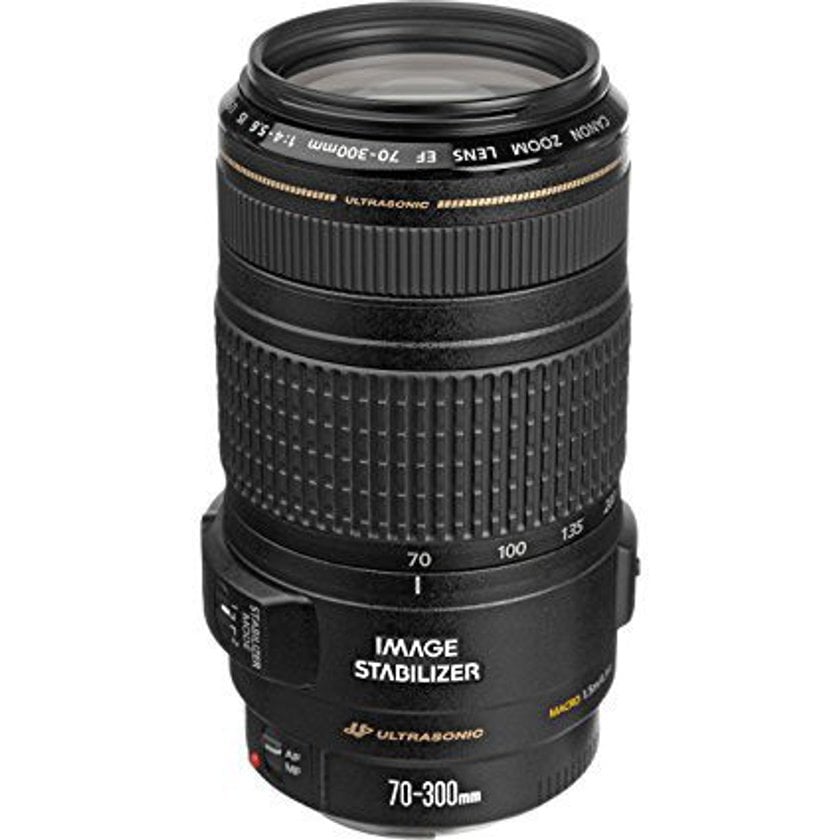
Shopping for an OIS lens can be a little confusing, however, as each camera and lens company uses a different name for it. For example, Nikon calls it vibration reduction (VR), Canon calls it Image Stabilizer (IS), Sigma calls it Optical Stabilization (OS), etc. (For a more complete list click here). If you’re looking at non-standard companies, make sure you know just what type of stabilization they’re using. Sometimes the marketing will imply that it’s OIS when it’s really either digital stabilization or SSS. Just remember, if it takes place in the camera and not in the lens, it’s not OIS.
Once you’ve purchased your lens, things are pretty straightforward. There’s generally just an on/off switch. If you shoot with Nikon lenses, you’ll find that many of them have an "active" mode as well as VR. This is for shooting from a moving vehicle and corrects for larger shakes than its standard VR mode. Still, you’ll want to turn it off for normal shooting, as it’ll negatively affect the quality otherwise.
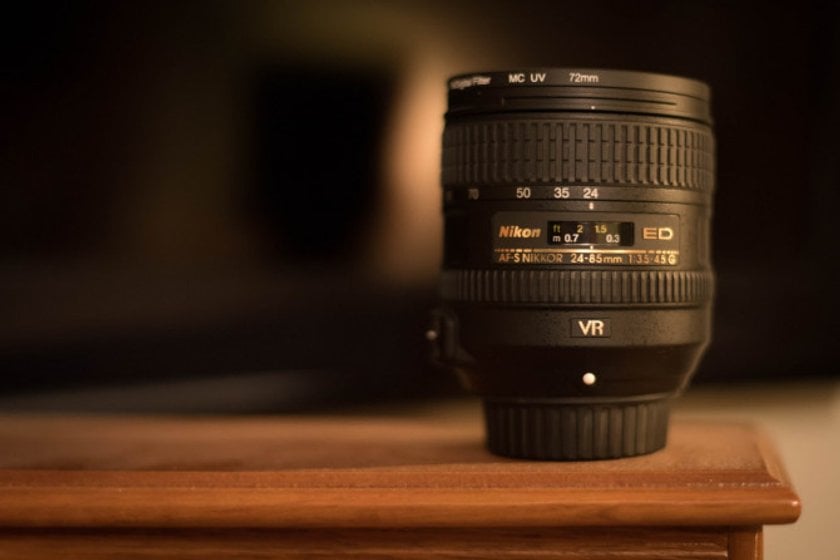
While OIS works great for times when you’re not using a tripod, it’s not so great when using one. Since OIS is specifically designed for times when a camera shake is present, leaving the OIS on when the camera is stable can decrease the quality of your shots. Also, OIS can’t compensate for image blur caused by the subject moving. It will only respond to motion in the camera/lens itself. It also won’t help much if the camera is being bumped around or violently shaken.
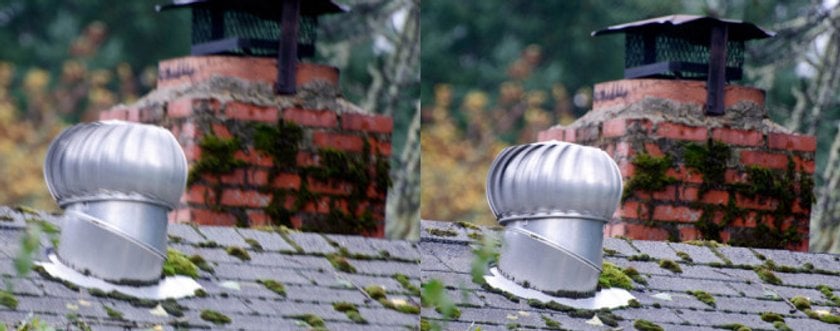
Still, if you have the money and often find yourself shooting “freehand,” you can’t really go wrong with OIS. At the very least, get it for your longer lenses, where it’s supremely difficult to get a good handheld shot without it.
Conclusion
Overall, optical and digital image stabilization tends to be approximately equal in effectiveness. However, the overall quality of image stabilization is more influenced by the camera's overall capabilities. Sophisticated models often have advanced technologies, sometimes using a mix of optical and digital approaches. It is worth noting that lens-based IS tends to be more accurate than body-based options.
You will also find a lot of other interesting material in our blog, such as the best software for photography.
FAQ
Should I Use Image Stabilization With a Tripod?
Using a tripod can help counteract camera shake and provide a stable base, allowing you to adjust the settings and capture clear, sharp photos. But there is one more thing. While image stabilization is a valuable feature for lenses, it's important to turn it off when using the camera on a tripod. This is because the movement of the stabilizer in the lens can cause blur during long exposures.
Which Is Better: OIS or EIS?
EIS is an impressive software technique that uses cropping of the image or frame to stabilize the scene. However, OIS is generally considered superior because it relies on hardware rather than software, which can be limited by a device's processing power. This allows OIS to provide more effective results, especially in low light conditions and when using longer focal length lenses.
Do I Need Optical Image Stabilisation?
It is especially necessary when shooting in low-light conditions that require slower shutter speeds. If you frequently shoot at 1/500th of a second in bright light or use a tripod, this technology may not be necessary. You can save some money by turning off stabilization in the menu system and purchasing non-IS optics.






